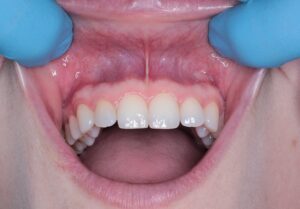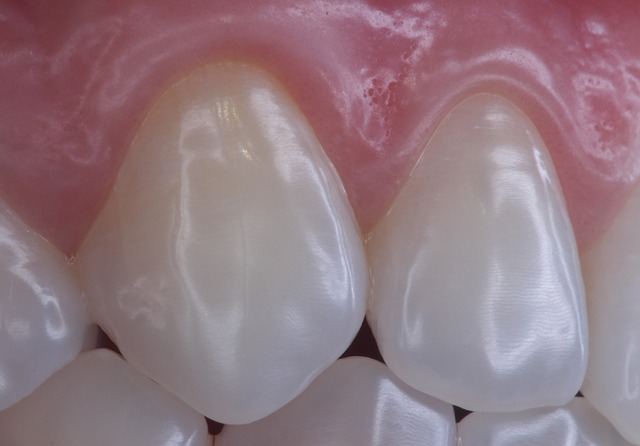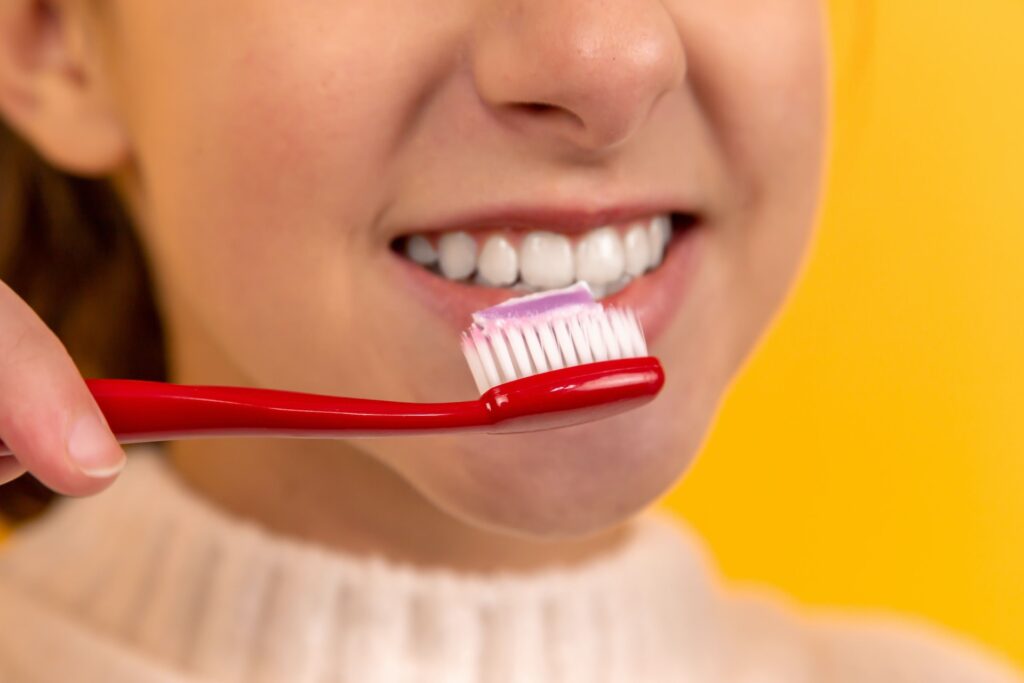According to Quarryparkdental.com, your smile is a powerful tool, but its health goes beyond just having pearly whites. Healthy gums play a crucial role in maintaining your overall oral health and well-being. Unfortunately, gum disease is a common issue that many people face. In this article, we’ll explore what gum disease is, its causes, symptoms, and, most importantly, how to prevent it so your smile stays bright and healthy.
What Is Gum Disease?
 Gum disease, also known as periodontal disease, is a common and preventable oral health condition that affects the tissues surrounding your teeth. It starts with the inflammation of the gums (gingivitis) and, if left untreated, can progress to more severe forms, potentially leading to tooth loss. The main cause of gum disease is the accumulation of plaque, a sticky film of bacteria that forms on your teeth and gums. If not removed by regular brushing and flossing, plaque can harden into tartar, which is more challenging to remove and can harbor harmful bacteria.
Gum disease, also known as periodontal disease, is a common and preventable oral health condition that affects the tissues surrounding your teeth. It starts with the inflammation of the gums (gingivitis) and, if left untreated, can progress to more severe forms, potentially leading to tooth loss. The main cause of gum disease is the accumulation of plaque, a sticky film of bacteria that forms on your teeth and gums. If not removed by regular brushing and flossing, plaque can harden into tartar, which is more challenging to remove and can harbor harmful bacteria.
Symptoms of Gum Disease
One of the most frustrating aspects of gum disease is that it often goes unnoticed until it reaches an advanced stage. However, some signs can indicate that something is not right with your gums. These include:
- Bleeding gums when brushing or flossing
- Swollen, red, or tender gums
- Receding gum line
- Persistent bad breath
- Loose teeth
If you experience any of these symptoms, it’s essential to visit your dentist for a proper diagnosis and treatment.
Causes of Gum Disease
Poor oral hygiene is the main cause of gum disease. However, other factors can increase your risk, such as:
- Hormonal changes (e.g., during pregnancy or menopause)
- Certain medications that reduce saliva production
- Diabetes
- Smoking and tobacco use
- Genetics
Prevention of Gum Disease
Prevention is always better than treatment, and the same applies to gum disease. Here are some tips to keep your gums healthy:
- Brush your teeth twice a day with fluoride toothpaste.
- Floss daily to remove plaque and food particles from between your teeth.
- Visit your dentist regularly for professional cleanings and checkups.
- Eat a balanced diet rich in vitamins and minerals.
- Avoid smoking and tobacco use.
- Manage any chronic health conditions, such as diabetes, that can increase your risk of gum disease.
Take care of your gums to protect your smile and overall health. By being proactive about prevention, you can avoid the pain, discomfort, and potential tooth loss associated with gum disease. If you suspect you have gum disease or want to learn more about how to maintain healthy gums, consult with your dentist today. Remember, a healthy smile starts with healthy gums! Keep brushing, flossing, and visiting your dentist regularly for optimal oral health. In addition, consider incorporating anti-bacterial mouthwash into your daily routine for added protection against gum disease-causing bacteria.
In Conclusion
Gum disease is a common dental issue, but it’s preventable and manageable with proper care. By maintaining a consistent oral hygiene routine, visiting your dentist regularly, and addressing risk factors, you can keep your gums healthy, protect your teeth, and continue sharing your beautiful smile with the world.


